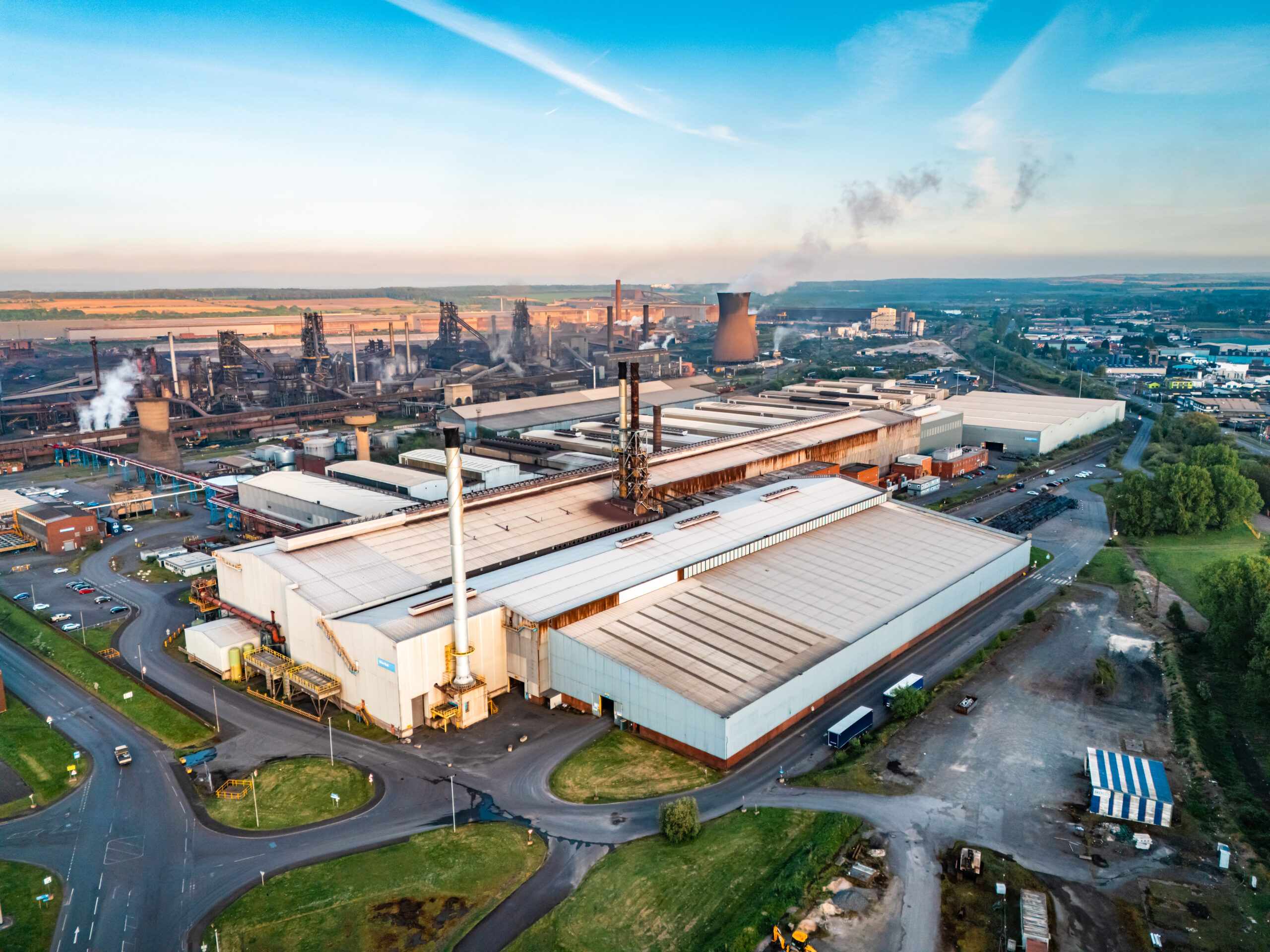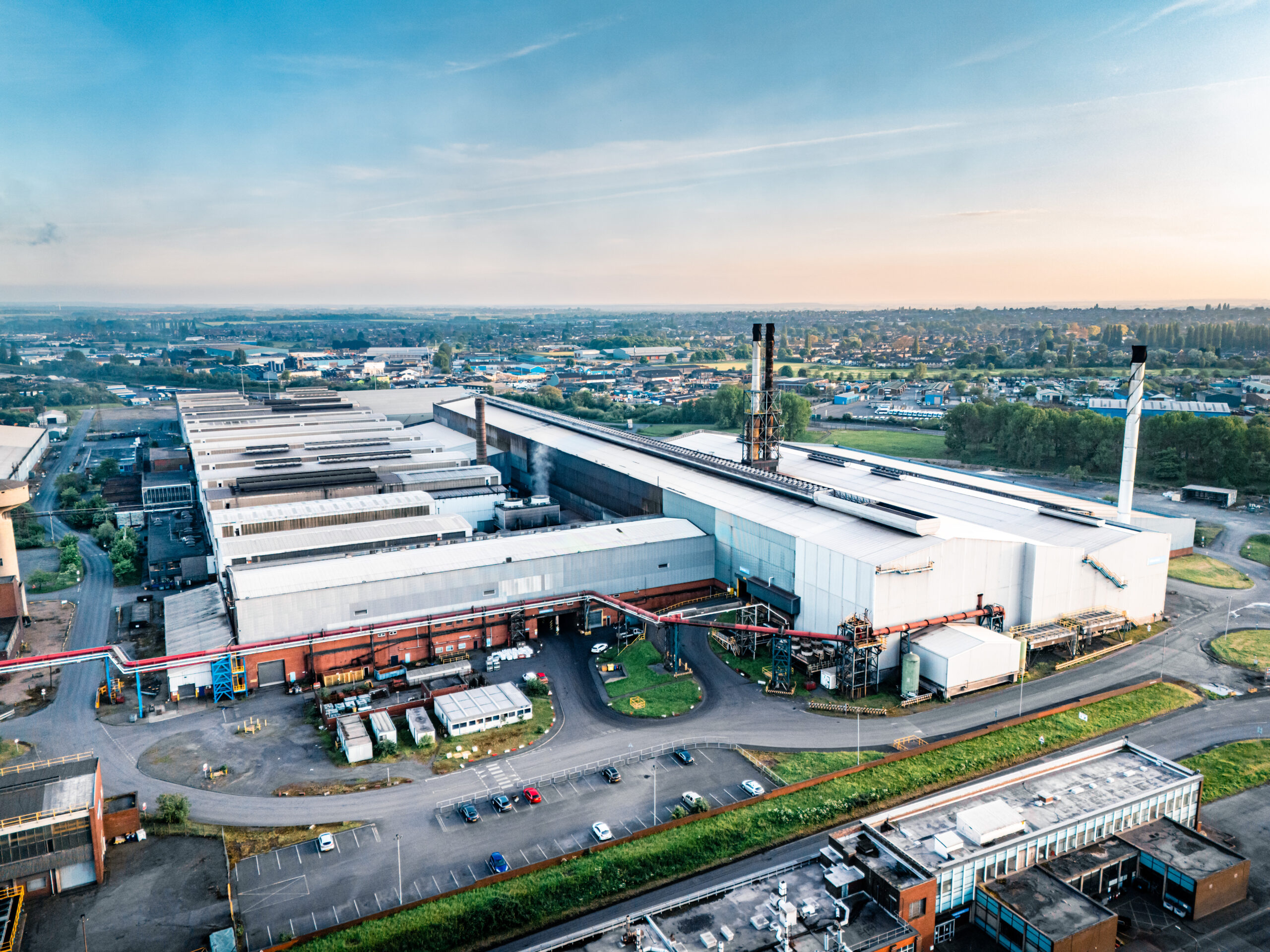Delivering Solutions Ahead of Schedule
Challenge
TRC was contracted by a manufacturer of heavy-duty equipment to assist with quickly obtaining an air quality permit from the state agency. Construction was slated to begin in months, and the permit needed to be issued before construction could commence.
Emission sources from the proposed new facility included paint booths, drying ovens and smaller sources such as gluing and welding. The facility was expected to have volatile organic compounds (VOCs) emissions in excess of major source thresholds with respect to both Title V and Prevention of Significant Deterioration (PSD) permitting thresholds.
Relevant Services

Solution
TRC discussed permitting strategies with operations and environmental leaders for the facility and determined the best path forward was to proactively install high-efficiency VOC air pollution control equipment to minimize emissions and proceed with obtaining a “synthetic minor” source permit under PSD. A construction permit application would need to be prepared and submitted to the state regulatory authority as soon as possible to meet the construction schedule.
TRC immediately engaged a project team and held weekly calls with the facility and their construction contractors. We compiled the data needed to complete the construction permit application and confirmed compliance of the process operations with applicable air emission limitations under both applicable federal and state regulations, including PSD, New Source Performance Standards (NSPS), National Emission Standards for Hazardous Air Pollutants (NESHAP) and applicable state air quality regulations. We performed an air quality dispersion modeling analysis for the entire facility to ensure compliance with the National Ambient Air Quality Standards (NAAQS) and air toxic standards. The air permit application was prepared in conjunction with equipment design and facility layout planning to meet the expedited timeline. We held a pre-application meeting with the state agency permitting staff, and discussed the projected emissions, regulatory evaluation and critical timeline.
Results
TRC submitted a complete air permit application to the state agency within the timeframe to allow for state agency review. Effective and frequent meetings with both facility stakeholders and state agency personnel ensured that the project’s goal was clear. TRC’s relationship with state agency permit writers resulted in effective meetings and fostered strong follow up communication.
This relationship proved to be key, as the permit was issued in two months of application receipt. The facility was able to begin construction earlier than anticipated, which resulted in significant cost savings. After permit issuance, TRC completed additional wastewater permitting work and assisted in vendor selection/specifications for the air pollution control equipment.


